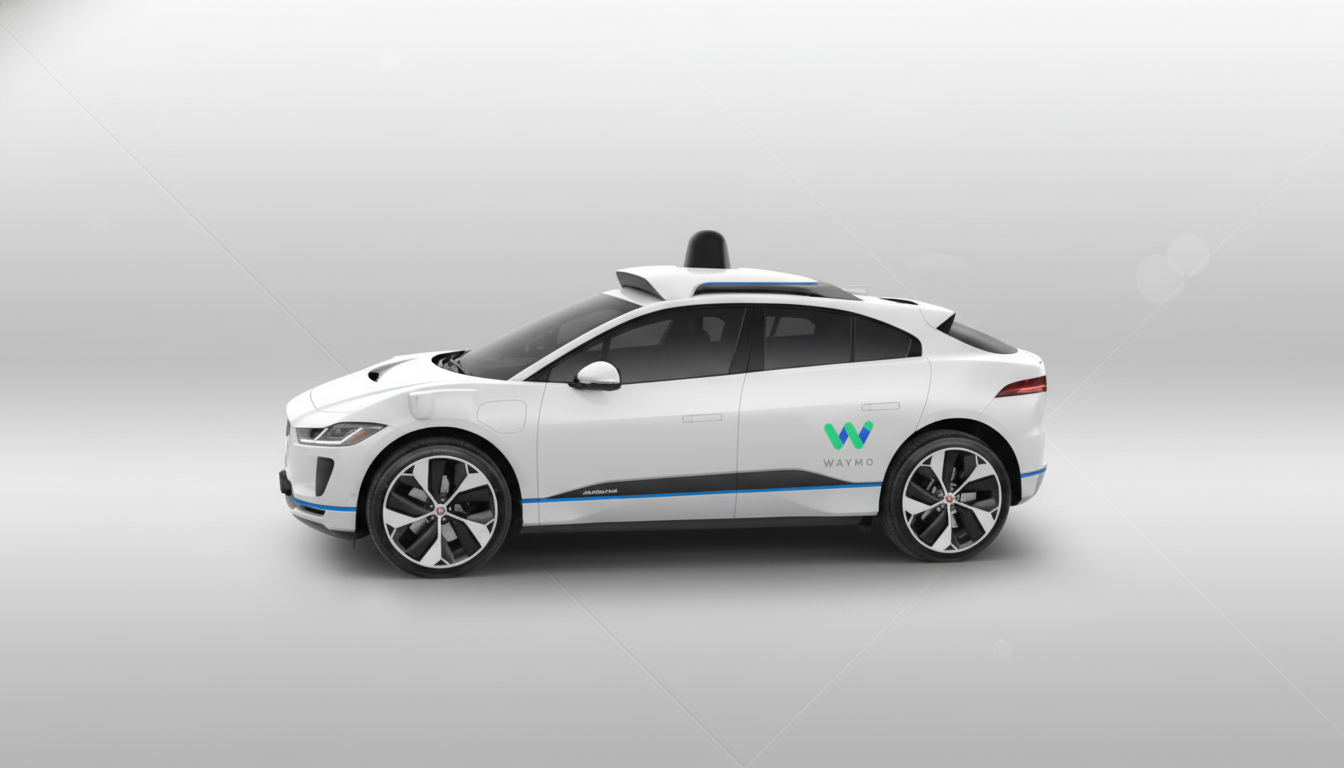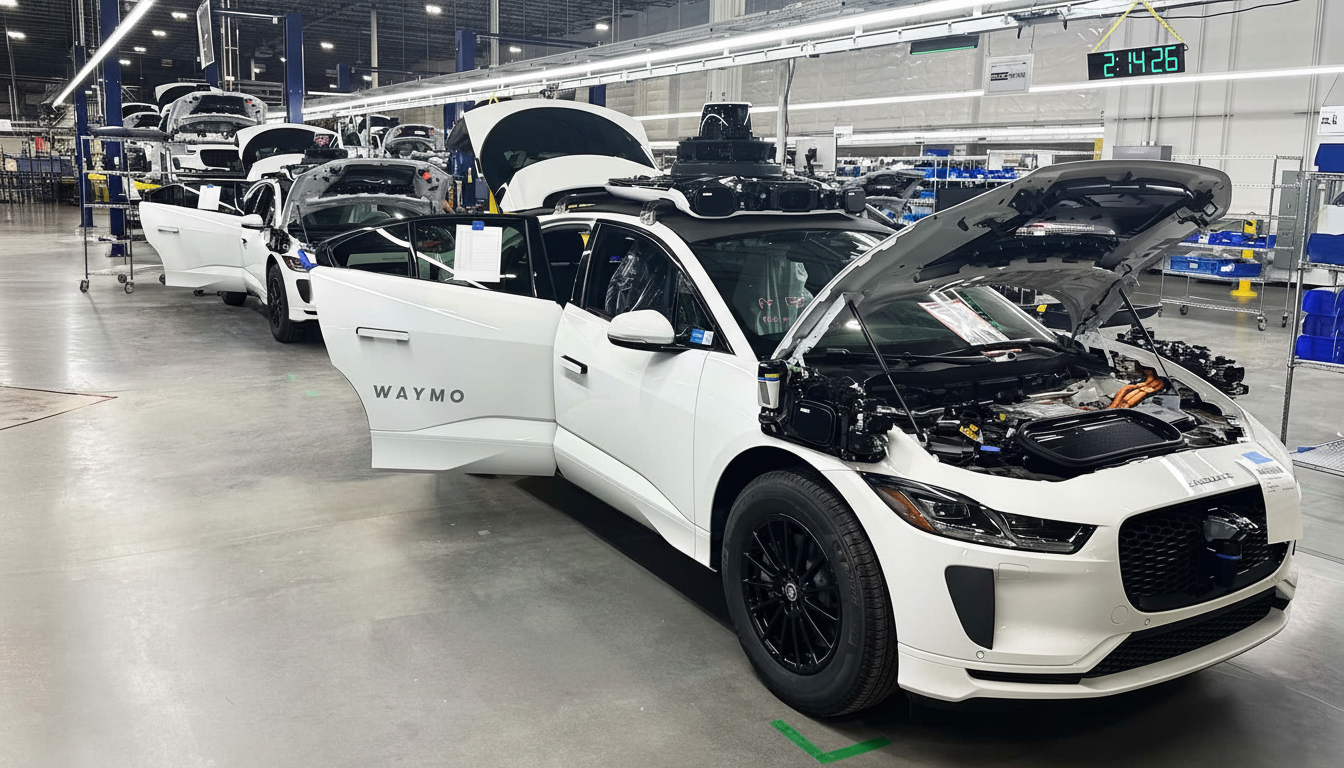Waymo co-CEO Tekedra Mawakana is calling on the robotaxi industry to publish substantively harder evidence that driverless fleets are a faster route to safer roads, cautioning that trust will diminish without head-to-head safety disclosures. Her message arrives as more independent services are stepping closer to commercial scale and as regulators and city officials have demanded evidence beyond mere promises.
Why Transparency Is the Robotaxi Safety Battleground
Public trust in autonomous vehicles depends on legit data. The United States continues to tally more than 40,000 traffic deaths a year, and automated driving is often sold as a panacea. But in the absence of reliable reporting, it’s hard for policymakers — not to mention the public — to assess whether early deployments actually reduce risk or just shift it around.

Recent flashpoints have sharpened scrutiny. California regulators suspended a leading robotaxi operator’s permit last year after safety incidents in San Francisco, and the National Highway Traffic Safety Administration has heightened defect probes into advanced driver-assistance systems. Cities need to be able to trust that driverless operations won’t slow down response times for emergency vehicles, block their transit lanes or put pedestrians and cyclists at risk — not things that can be reached through opaque metrics.
What Waymo Is Bringing to the Robotaxi Safety Table
Waymo has doubled down on the publication of performance data as it expands ride-hailing services. The company’s most recent analyses are based on the claim that its autonomous vehicles have a far lower overall collision rate than human drivers and an even greater advantage in accidents involving pedestrians, drawing from operations along dense urban corridors and suburban streets. Depending on methodology and exposure, the precise deltas vary, though Waymo claims its fleet achieves roughly a fivefold improvement over human baselines overall and a double-digit multiple in pedestrian safety.
Those assertions are based on millions of autonomous miles and an emerging compendium of real-world occurrences, simulated reconstructions and comparative benchmarks. The firm also releases a comprehensive safety framework, which includes redundancies in sensing and compute, extensive scenario testing and mechanisms to review incidents. It’s not standard to get that kind of documentation across the industry.
The Holes Keeping Industry Credibility At Bay
Not all companies share robotaxi-centric performance.
Tesla, for instance, shares safety updates quarterly that are centered on how often owners are using Autopilot — a system meant primarily for highway driving — when crash rates are generally lower than on crowded city streets. The company has yet to offer any public, apples-to-apples comparisons of data from a robotaxi pilot. Meantime, Zoox has only recently begun offering limited passenger rides in Las Vegas, and the likes of May Mobility and Pony.ai are at the beginning of commercial rollouts, selectively releasing information. Aurora, which is concentrating on self-driving trucks, has made a broad safety argument but the demands of heavy-duty freight are very different from service in urban areas for passengers.
Making it a harder job, many of the older yardsticks no longer apply. Disengagement reports — which California used to require — were never a sturdy proxy for safety because definitions and usage levels varied from company to company. As deployments scale, stakeholders are seeking results-based measures of success instead of operational anecdotes.

What Meaningful Disclosure Would Look Like
There are a few pillars that experts say would ensure credible and comparable robotaxi safety reporting:
- Defining clear operational design domains that spell when, where and under what conditions the vehicles operate — so metrics are context-specific.
- Standardized (using models) crash and near-miss rates per million miles, broken down by severity and type of road user, with statistical confidence intervals to address extreme but rare events.
- Tele-help and remote-assist KPIs (number, trigger factors, resolution time).
- Emergency response vehicle interactions, unprotected turns and pedestrian-dense scenarios separated out into high-salience categories.
- Evidence that simulation results correctly map to real-world outcomes, including how corner cases are identified, triaged and fixed on the software update release path.
Standards work is underway. UL 4600 provides a guideline for autonomous safety cases, ISO 26262 governs automotive electronics functional safety and ISO 21448 covers safety of the intended functionality. An explicit use of these — and reporting when used, with effect size–like translations into other metrics — would go some way to demystifying performance.
Regulators Seek Comparable Data on Robotaxi Safety
NHTSA’s active general order on crash reporting for AVs brings new visibility into crashes of consequence, but only part of the operational risk. State-level agencies, from the California Public Utilities Commission to the Department of Motor Vehicles, have toughened permit conditions and incident reporting in response to high-profile mishaps. City transportation departments are also seeking pre-deployment safety filings and real-time dashboards that highlight street blockages, emergency detours and rider assistance issues.
Academic and nonprofit organizations have called for scenario-based benchmarks, as well as conservative claims until there’s enough data to make strong statistical conclusions.
- RAND and the Insurance Institute for Highway Safety are among the groups that say developers should use a conservative threshold number of miles driven without human intervention (500 million miles in most places) during tests before making safety statements about their technology.
The direction is clear: less marketing, more measurement.
The Stakes for Robotaxi Adoption and Public Trust
For operators, the alternatives are stark. Transparent, methodologically sound reporting can win regulators’ trust, open up new markets and reassure riders. Opaque disclosures could prompt a backlash, tighter restrictions and the cancellations of deployments. Some investors are also focusing on safety maturity as a harbinger of durable unit economics; for every unforeseen shutdown or recall, capital plans are thrown into disarray.
Mawakana’s callout to peers is part of a larger inflection point. Driverless offerings are testing out in the lab and plying real traffic. In order to win enduring legitimacy, robotaxi companies will have to be able to show their math — publicly and repeatedly, in a manner that can withstand independent scrutiny.

